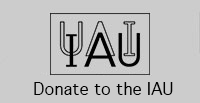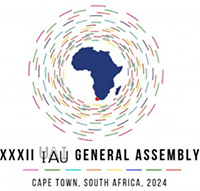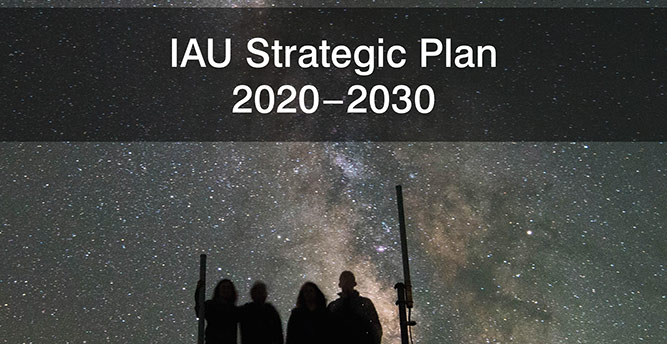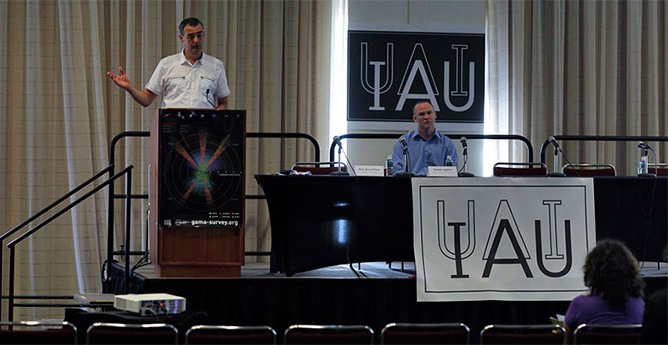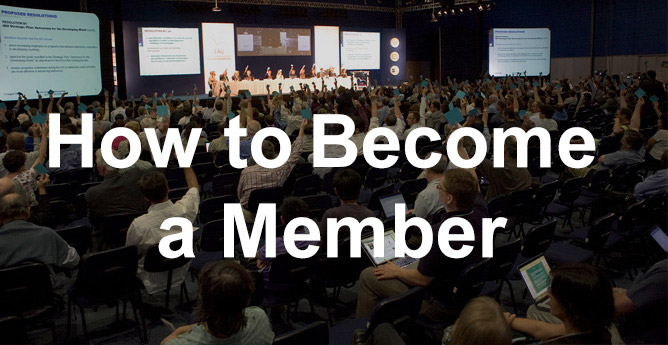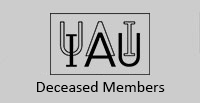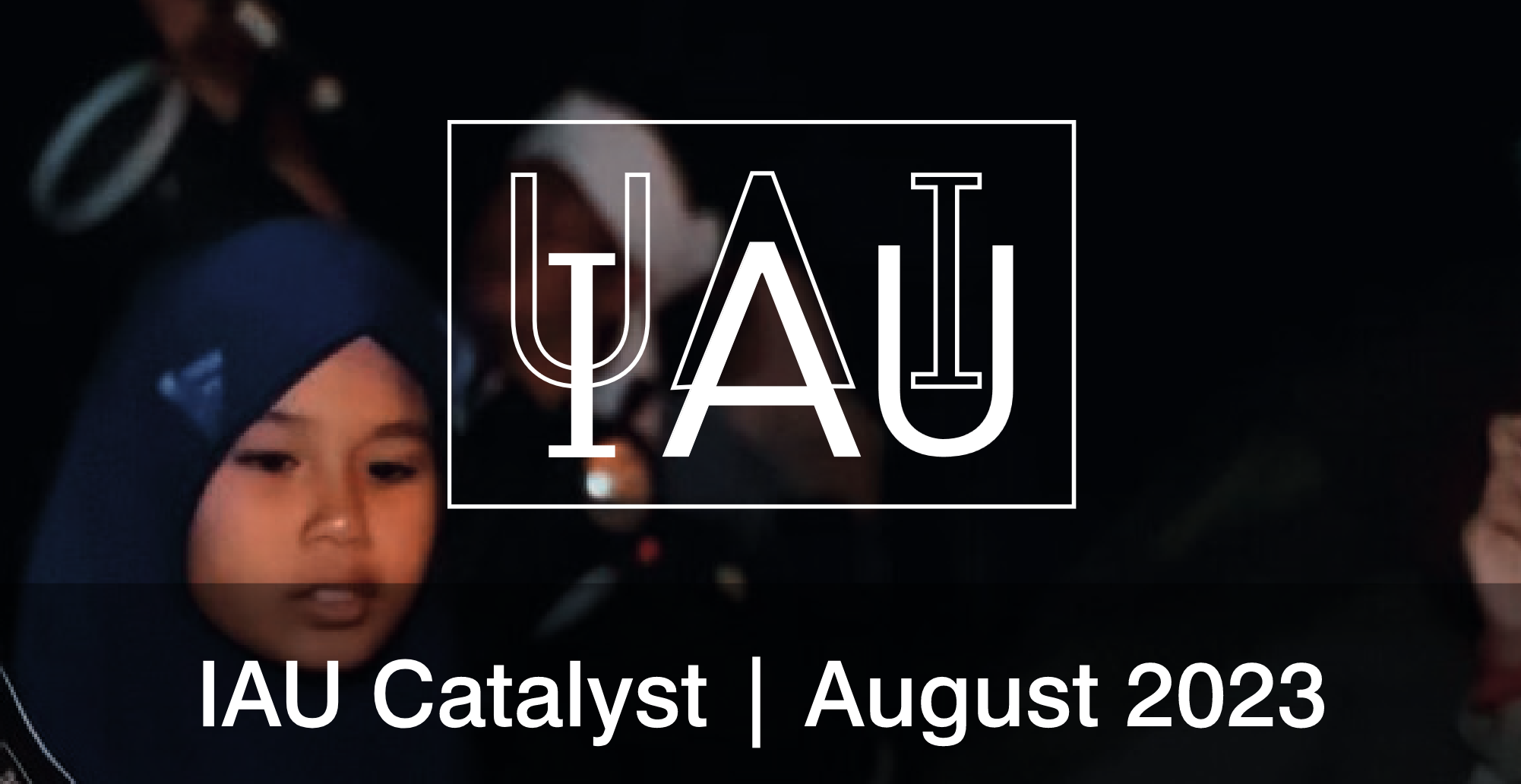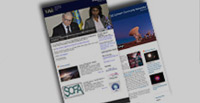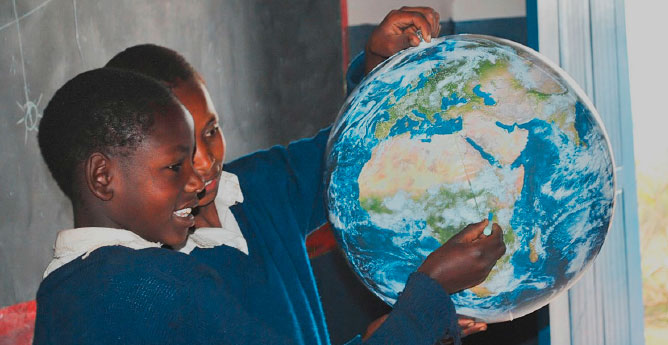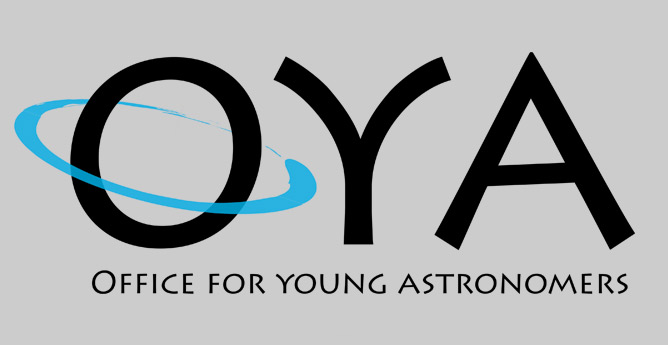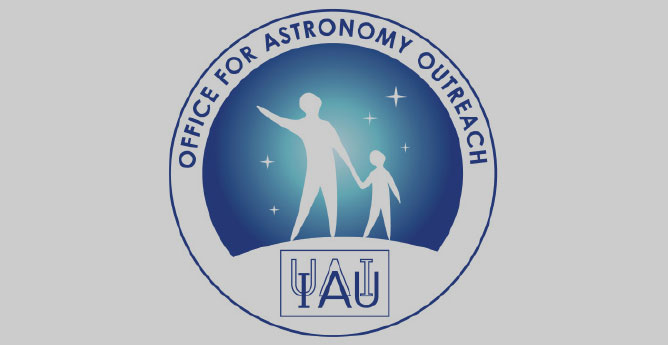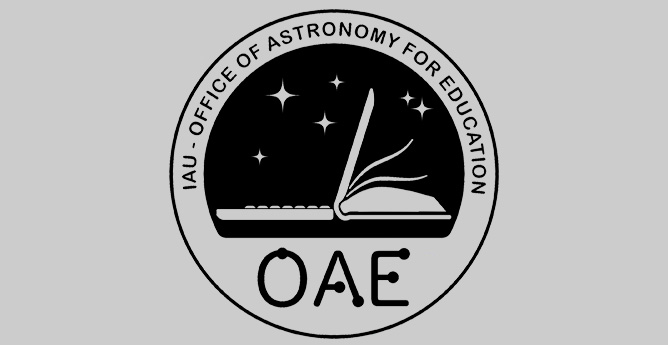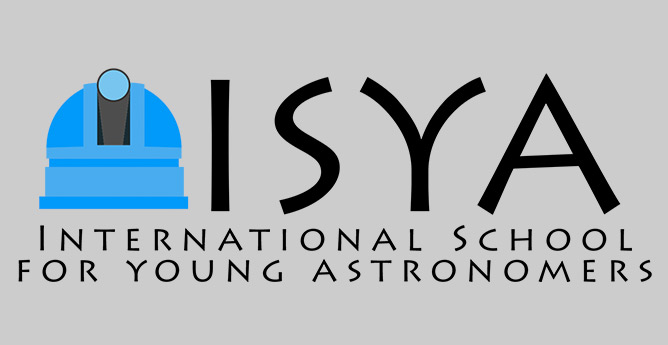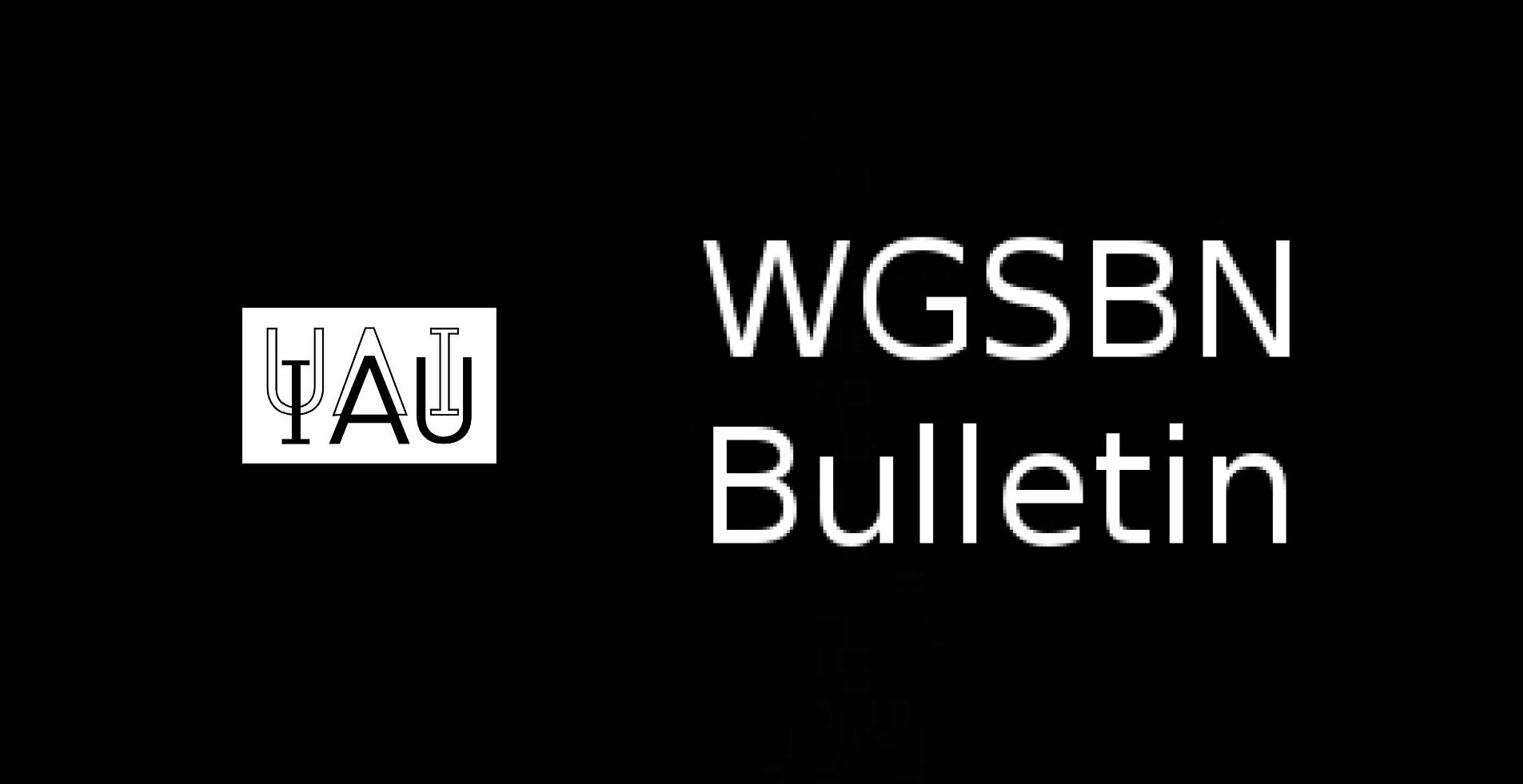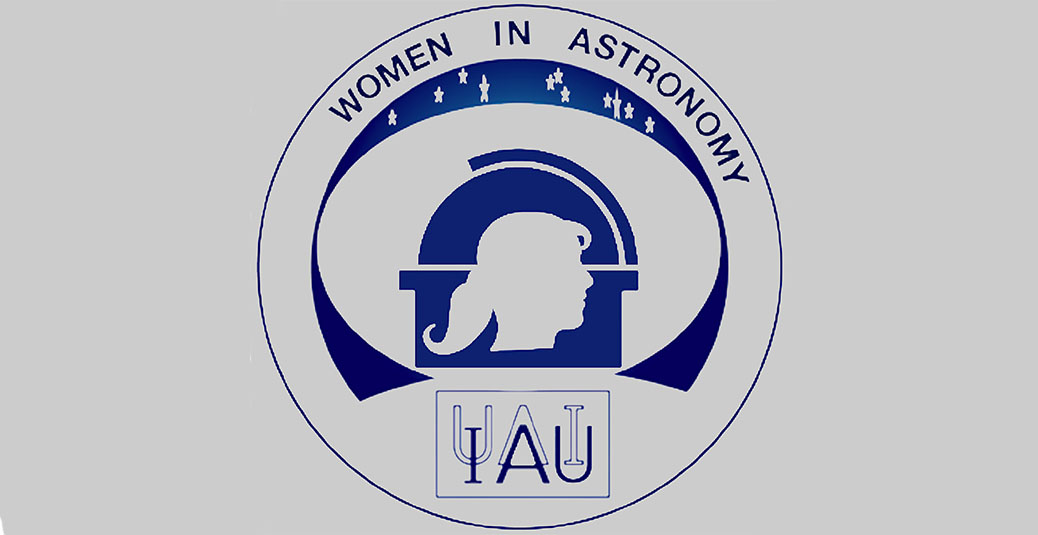- News
- Science
- Scientific Bodies
- Divisions
- Commissions
- Commission A1 Structure
- Commission A2 Structure
- Commission A3 Structure
- Commission A4 Structure
- Commission B1 Structure
- Commission B2 Structure
- Commission B3 Structure
- Commission B4 Structure
- Commission B5 Structure
- Commission B6 Structure
- Commission B7 Structure
- Commission C1 Structure
- Commission C2 Structure
- Commission C3 Structure
- Commission C4 Structure
- Commission C5 Structure
- Commission D1 Structure
- Commission E1 Structure
- Commission E2 Structure
- Commission E3 Structure
- Commission E4 Structure
- Commission F1 Structure
- Commission F2 Structure
- Commission F3 Structure
- Commission F4 Structure
- Commission G1 Structure
- Commission G2 Structure
- Commission G3 Structure
- Commission G4 Structure
- Commission G5 Structure
- Commission H1 Structure
- Commission H2 Structure
- Commission H3 Structure
- Commission H4 Structure
- Commission J1 Structure
- Commission J2 Structure
- Commission J3 Structure
- Commission X1 Structure
- Commission X2 Structure
- Past Commission Organising Committees
- Working Groups
- Centres
- Scientific Meetings
- Rules & Guidelines
- General Assemblies
- Meeting Proposals
- Future IAU Meetings
- General Assemblies
- EC Meetings
- Officers' Meetings
- Regional Meetings
- Symposia
- Focus Meetings
- Institutional Meetings
- IAU Offices Meetings
- IAU-Sponsored Meetings
- Letters of Intent submitted for 2024
- Letters of Intent submitted for 2023
- Letters of Intent submitted for 2022
- Letters of Intent submitted for 2021
- Letters of Intent submitted for 2020
- Past IAU Meetings
- Templates
- Other Meetings
- Grants & Prizes
- Scientific Bodies
- Publications
- IAU Publications
- IAU Strategic Plan
- Symposia
- WGSBN Bulletins
- Regional Meetings
- Information Bulletins/Catalyst
- E-Newsletters
- Focus Meetings
- Transactions A
- Transactions B
- Related Publications
- GA Newspapers
- CAPjournal
- IAU Books
- Brochures
- IAU Offices
- WG Reports
- Commission Reports
- Division Reports
- Past IAU Publications
- Rules, Guidelines and Instructions for Proceedings
- Publishers
- IAU Publications
- Administration
- About the IAU
- Statutes & Rules
- IAU Policies
- IAU Executive Bodies
- IAU Secretariat
- Resolutions
- Members Administration
- Administrative Dates & Deadlines
- International Organisations Relations
- Donate to the IAU
- Training in Astronomy
- Astronomy for Education
- Astronomy for Development
- Astronomy for the Public
- Office for Astronomy Outreach
- FAQ
- Themes
- Satellite Constellations
- Astronomy in Everyday Life
- How to Report a Discovery
- Careers in Astronomy
- Defining our Place in the Cosmos
- The Constellations
- Light Pollution
- Measuring the Universe
- Near Earth Objects
- How to Participate in Astronomy Research
- Naming of Astronomical Objects
- Naming of Exoplanets
- Buying Star Names
- Naming Stars
- Pluto and the Solar System
- IAU Member Statistics
- Our Moon: the Moon
- Meteors & Meteorites: The IAU Definitions of Meteor Terms
- UNESCO-IAU Portal to the Heritage of Astronomy
- Social Media
- Past Events
- Call for Online Resources
- Astronomy@Home Awards
- Contact
Commission H1 The Local Universe
News
VISIONS: The VISTA Star Formation Atlas. Papers I and II
An illustration of star-forming regions observed in the VISIONS survey plotted on top of Planck data at 857 GHz. The individual colors of the marked regions portray the subsurveys of the program. The filled blue tiles represent the coverage of the wide program, whereas the red and green rectangles indicate the on-sky locations of data collected as part of the deep and control observations, respectively. Science verification data, collected in the region of the Orion star forming complex, is depicted in orange.
We congratulate our colleagues of the ESO public survey VISIONS for a comprehensive study of nearby star-forming cloud complexes which will improve our understanding of the star formation processes in our Galaxy.
Publications: Stefan Meingast, et al. 2023, A&A, 673, A58 and 2023, A&A, 673, A59
DOI: https://doi.org/10.1051/0004-6361/202245771
DOI: https://doi.org/10.1051/0004-6361/202245772
Chemical cartography with LAMOST and Gaia reveal azimuthal and spiral structure in the Galactic disc
An illustration of the Milky Way with red and blue spots showing areas with few (blue) and many (red) heavy elements (Image credit: K. Hawkins (UT Austin), NASA/JPL-Caltech/R. Hurt (SSC/Caltech))
We congratulate our colleague Keith Hawkins for the detailed investigations of the Milky Way spiral arms using the pioneering technique of chemical cartography.
Publication: Keith Hawkins, 2023, MNRAS 525, 3318 - 3329.
DOI: https://doi.org/10.1093/mnras/stad1244
More information can be found here.
The Global Dynamical Atlas of the Milky Way Mergers: Constraints from Gaia EDR3–based Orbits of Globular Clusters, Stellar Streams, and Satellite Galaxies
Figure: The Galactic maps showing phase-space measurements of n = 257 halo objects used in the study, namely 170 globular clusters (denoted by "star" markers), 41 stellar streams (denoted by "dot" markers), and 46 satellite galaxies (denoted by "square" markers). From panel (a) to (d), these objects are colored by their heliocentric distances, line-of-sight velocities, proper motion in the Galactic longitude direction, and proper motion in the Galactic latitude direction direction, respectively. In panel (d), authors show streams with their names and do not plot other objects to avoid crowding.
We congratulate our colleagues Khyati Malhan, Rodrigo A. Ibata, Sanjib Sharma, Benoit Famaey, Michele Bellazzini, Raymond G. Carlberg, Richard D'Souza, Zhen Yuan, Nicolas F. Martin, and Guillaume F. Thomas for this exciting study using the the ESA Gaia space mission data.
Publication: Khyati Malhan et al. 2022, ApJ, 926, 107
DOI: 10.3847/1538-4357/ac4d2a
See also the presentation on the Commission H1 YouTube channel.
Gaia-ESO Survey: Final data release
We congratulate our colleagues of the ESO public survey Gaia-ESO for the final data release which will improve our understanding of the chemical evolution of our Galaxy.
Publications: Sofia Randich et al. 2022, A&A, 666, A16 and Gerard Gilmore et al. 2022, A&A, 666, A120
DOI: https://doi.org/10.1051/0004-6361/202243141 and https://doi.org/10.1051/0004-6361/202243134
We also congratulate our colleagues of the Gaia-ESO survey for the detailed investigation of the pecular globular cluster NGC1851 which appeard to be composed of two clusters, the metal-rich cluster being older than the metal-poor one.
Publication: Grazina Tautvaisiene et al. 2022, A&A, 658, 107
DOI: https://doi.org/10.1051/0004-6361/202142234

Announcement:
IAU Commission H1 "The Local Universe" Seminar
Dear Colleagues,
We are pleased to announce that our commission launches a new online seminar series. This is primarily for IAU commission H1 members, but will be opened to everyone who have interest in the Local Universe.
In the past two years, whereas many conferences were canceled due to COVID-19, rich experiences of online meetings opened new possibilities to promote exchanging scientific achievements and ideas between members of our commission who have many common interests.
The organizing committee decided to start a seminar series that will be held via Zoom and YouTube once per month (tentatively) and will cover both hot topics and long-term work. The seminars will be recorded and listed on IAU YouTube for asynchronous viewing.
This is an announcement to the commission members to call for speakers of the seminars.
Please fill the online application form: https://bit.ly/3AtmGP3
or send us the following information via email to Wako Aoki (Commission H1 secretary) aoki.wako@nao.ac.jp
Application form:
- Name and Surname:
- Affiliation:
- E-mail:
- Preferred duration of the talk: Keynote (25 min + 15 min) or Highlights (12 min + 8 min)
- Title of presentation:
- Abstract (<100 word):
- Preferable approximate dates (months) of presentation:
- Preferred time of presentation:
- 17:00 UTC (this time corresponds to local times ~ 9 am at the Western coasts of USA to ~ 19 pm at edges of Eastern Europe)
- 09:00 UTC (this time corresponds to local times ~ 9 am at the western coasts of Europe and Africa to ~19 pm at the eastern coast of Australia)
- 01:00 UTC (this time corresponds to local times ~9 am at the western side of China and Australia to ~21 pm at the Eastern coast of USA)
- Personal web-page link or a self-presentation up to 300 words.
With best wishes,
IAU Commission H1 OC

An artist's impression of what the Milky Way might look like seen from above. The colored rings show the rough extent of the fossil galaxy known as Heracles. The yellow dot shows the position of the Sun. Credit: Danny Horta-Darrington (Liverpool John Moores University), NASA/JPL-Caltech, and the SDSS
Congratulations to scientists working with data from the Sloan Digital Sky Surveys' Apache Point Observatory Galactic Evolution Experiment (APOGEE) who have discovered a "fossil galaxy" hidden in the depths of our own Milky Way.
More information can be found here.
Publication: Monthly Notices of the Royal Astronomical Society, 2020, Volume 500, Issue 1, pp.1385-1403

From left to right: Roger Penrose, Andrea Ghez and Reinhard Genzel
Congratulations to our colleagues - the Nobel Prize in Physics 2020 winners - Roger Penrose "for the discovery that black hole formation is a robust prediction of the general theory of relativity", Reinhard Genzel and Andrea Ghez "for the discovery of a supermassive compact object at the centre of our galaxy".
More information can be found here.
